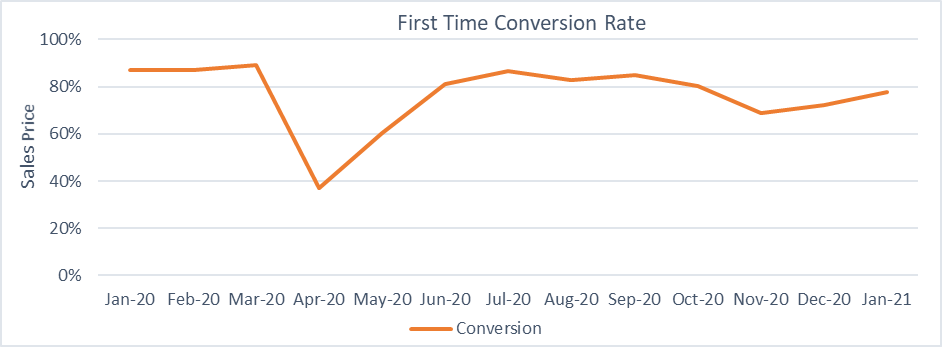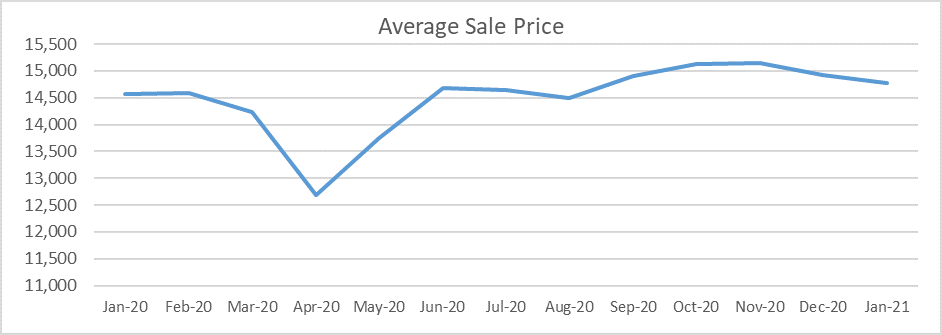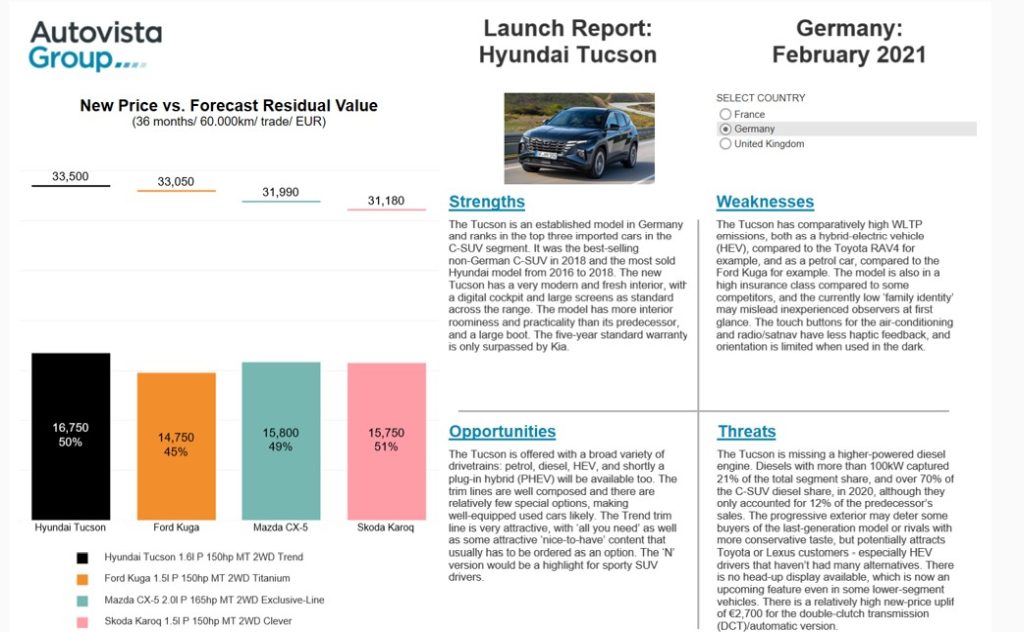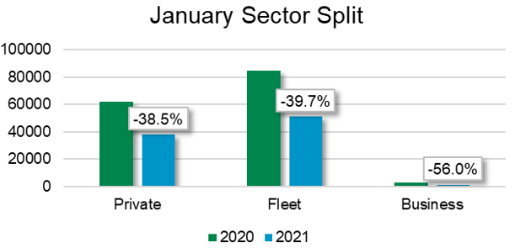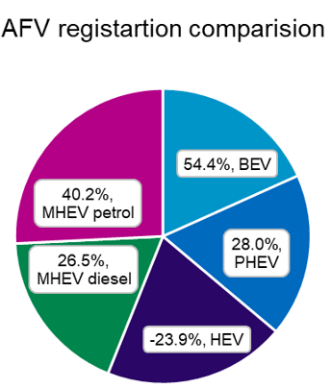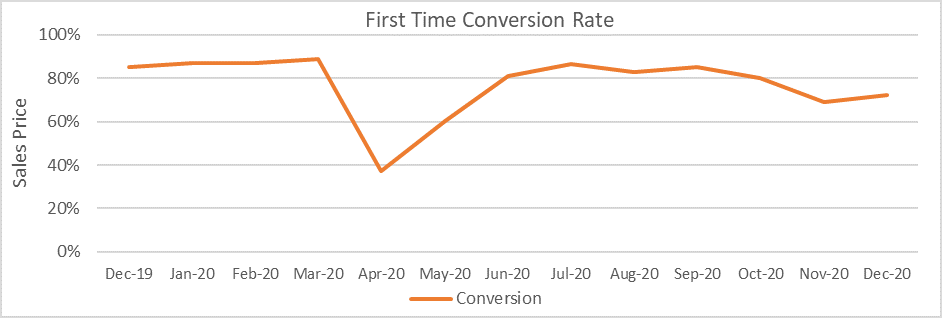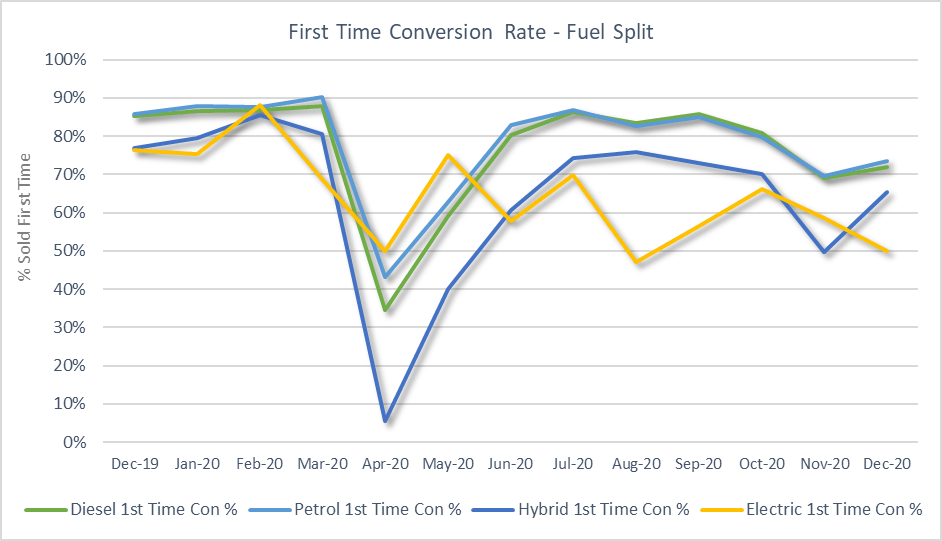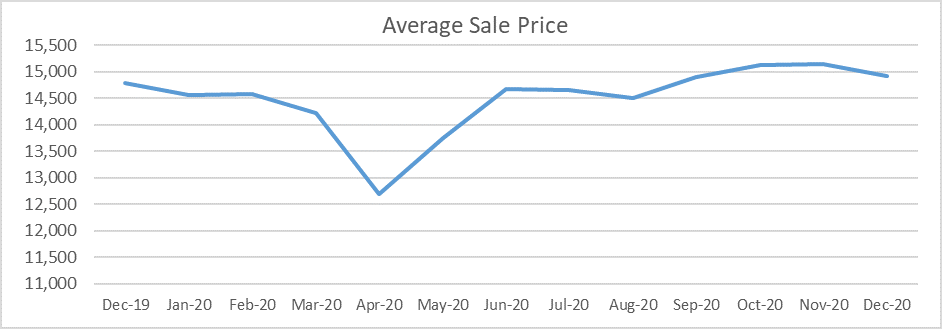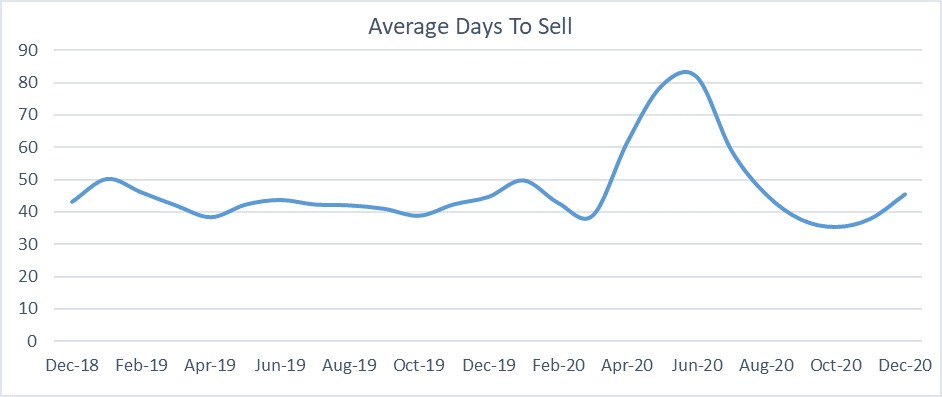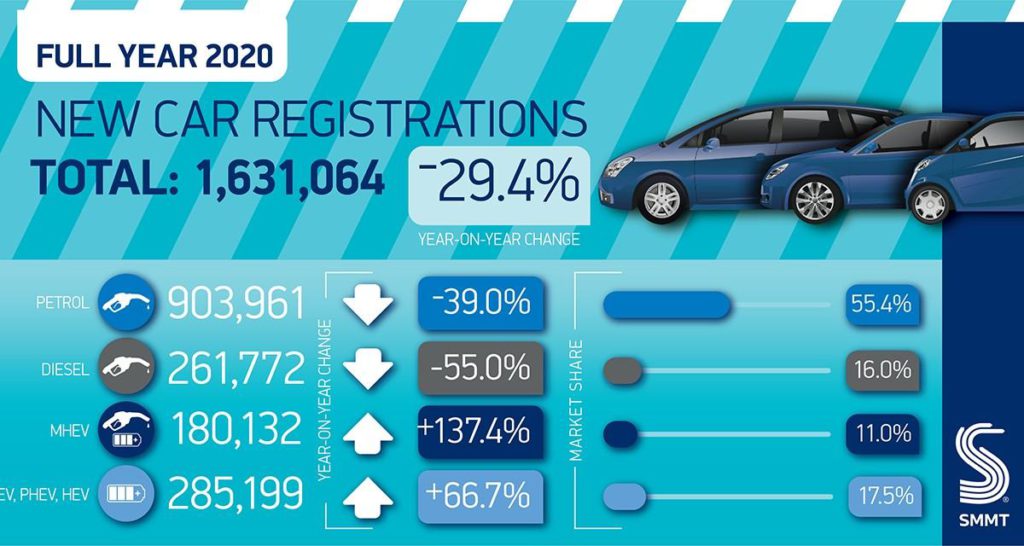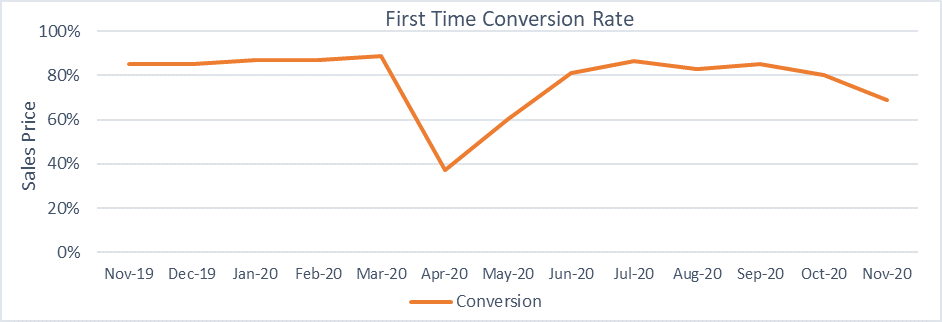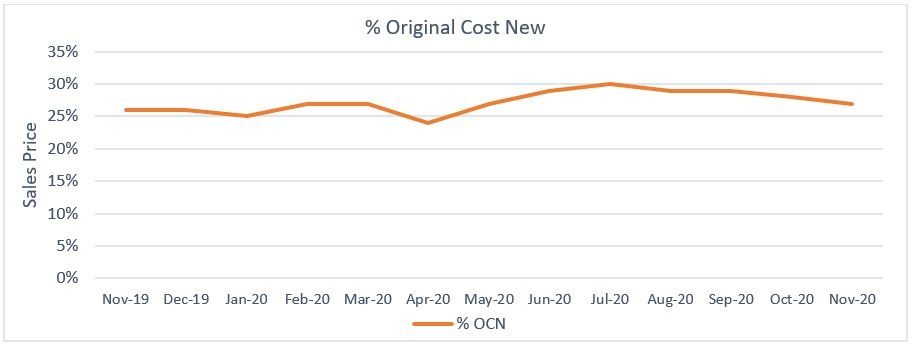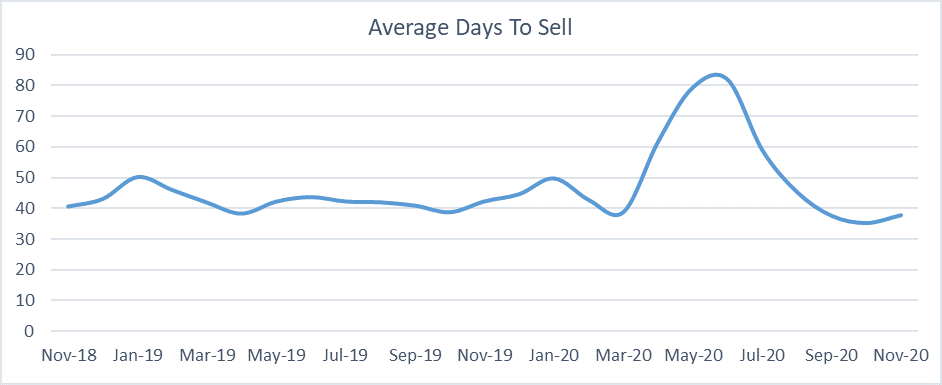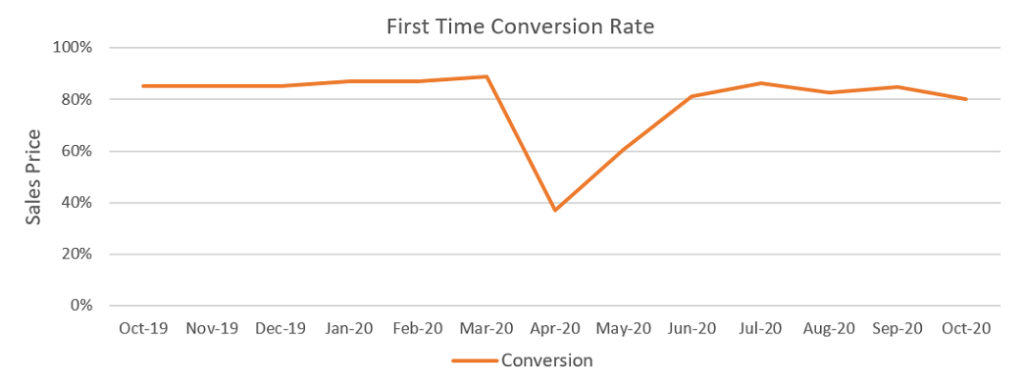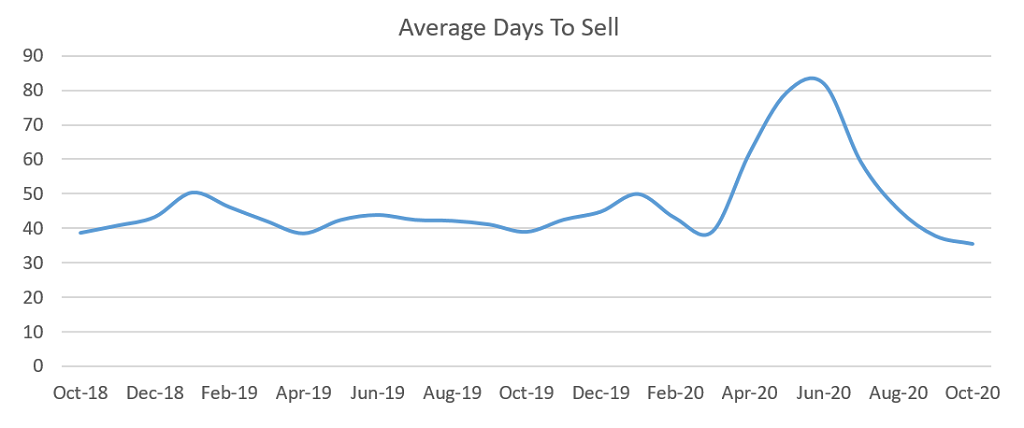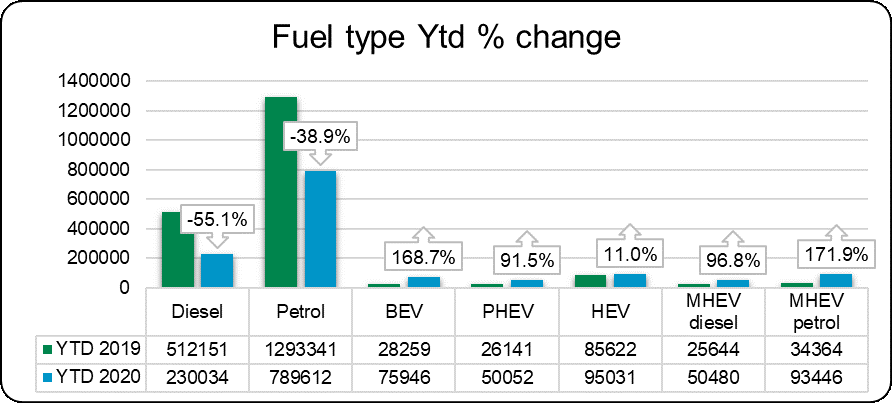Daily Brief editor Phil Curry and journalist Tom Geggus discuss key activities and developments in the European automotive sector from the past fortnight. These include COVID-19’s effect on the uptake of mobility-as-a-service (MAAS), different fuel types, and autonomous technology.
Show notes
Cazoo buys Cluno as CaaS options increase
Significant downturns in European registrations in February
Lockdown drives German new-car registrations down by 19% in February
February UK new-car registrations plunge to level of 1959
VW accelerates towards electric and digital future
VW aims for commercialised autonomous systems in 2025
Is it too early to go ‘EV-only’?
Ford to be zero-emission capable in Europe by 2026
Jaguar makes BEV and hydrogen changes on path to net zero

 Close
Close
